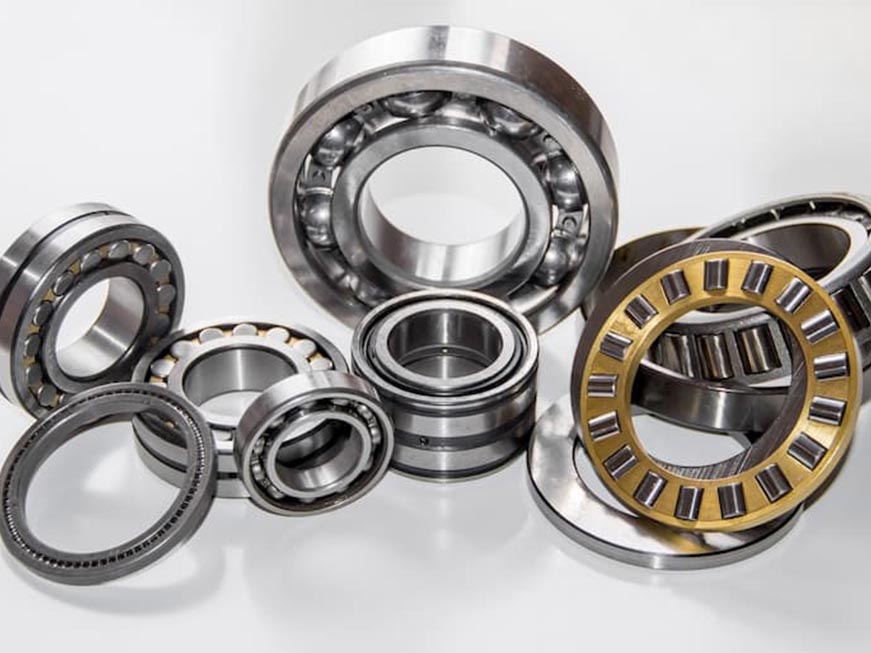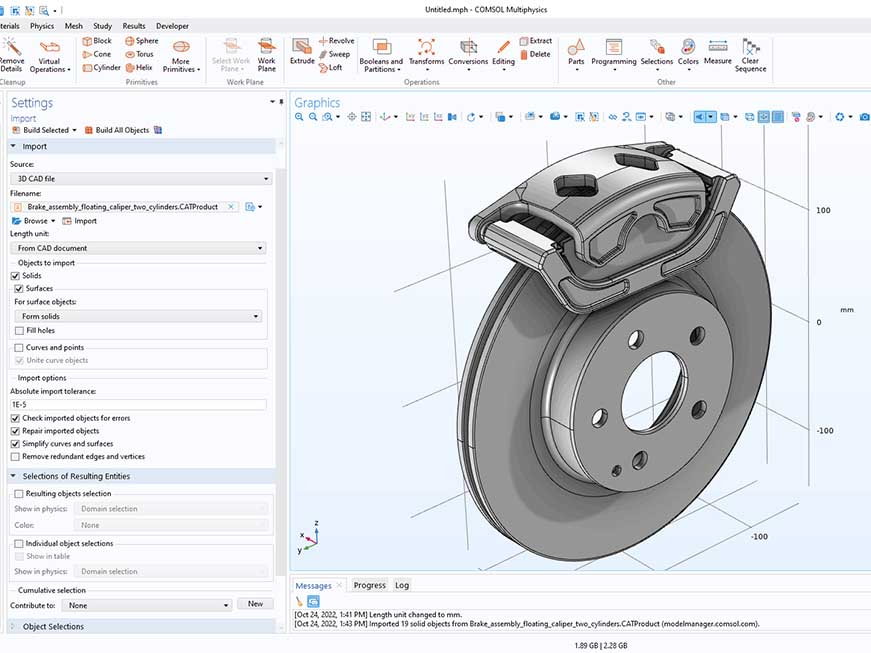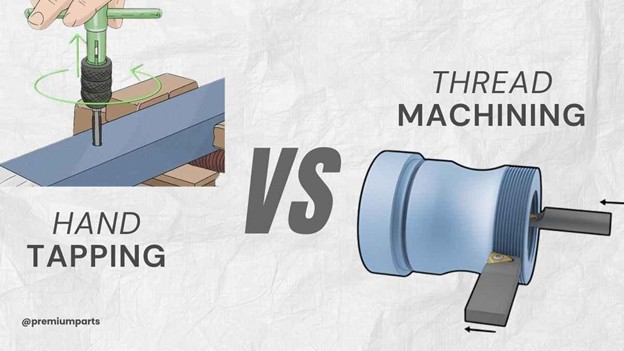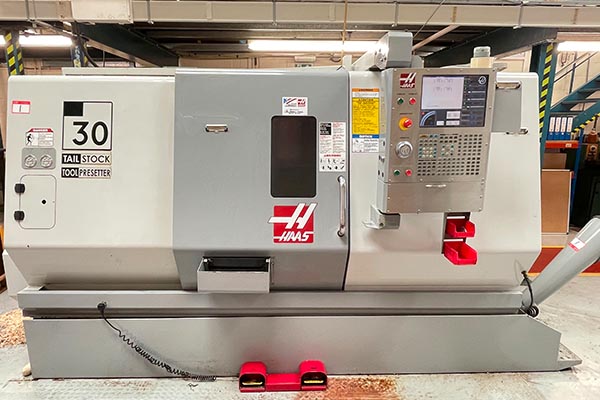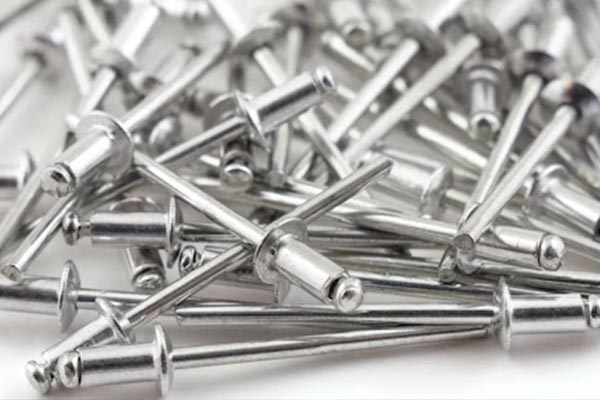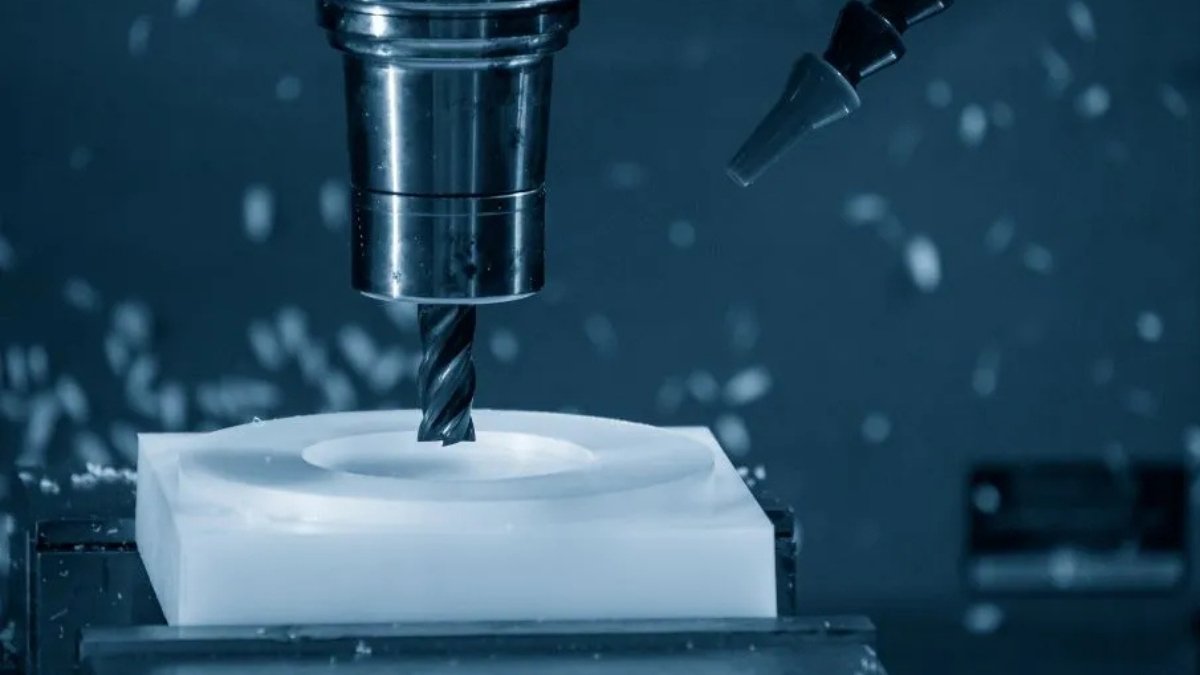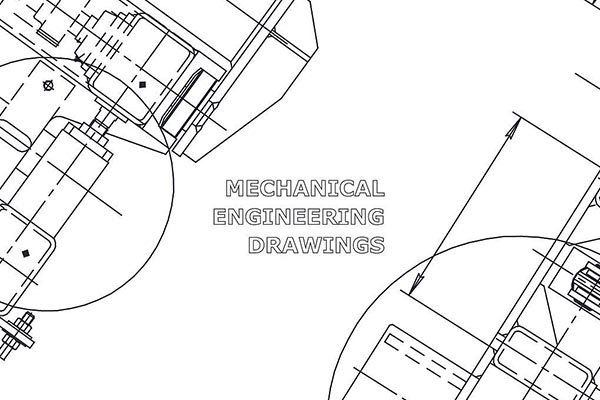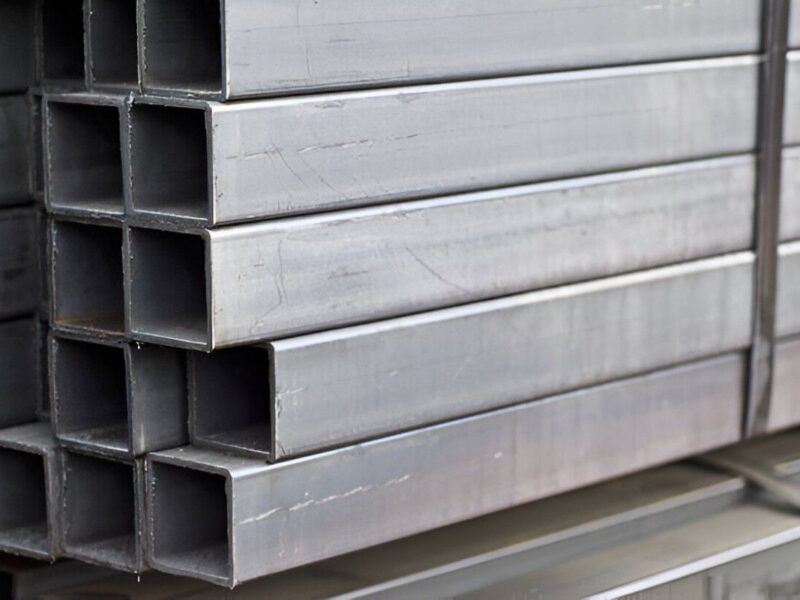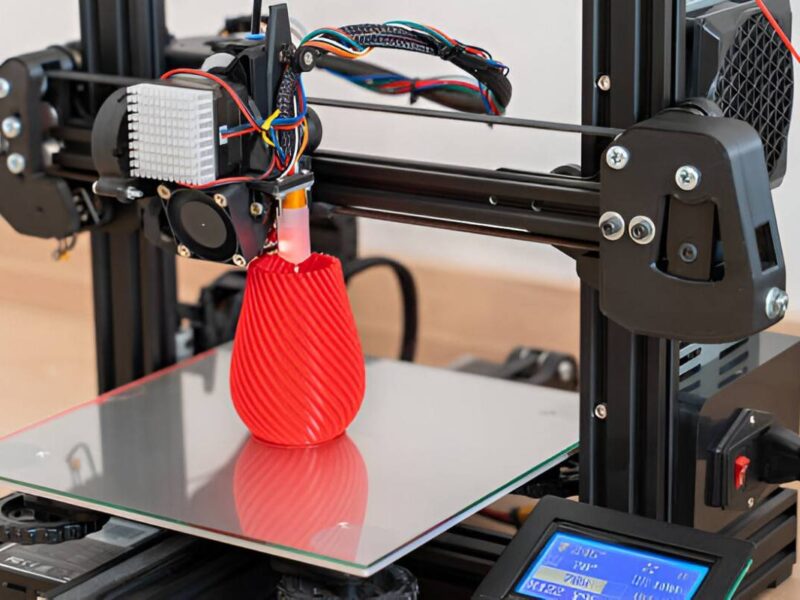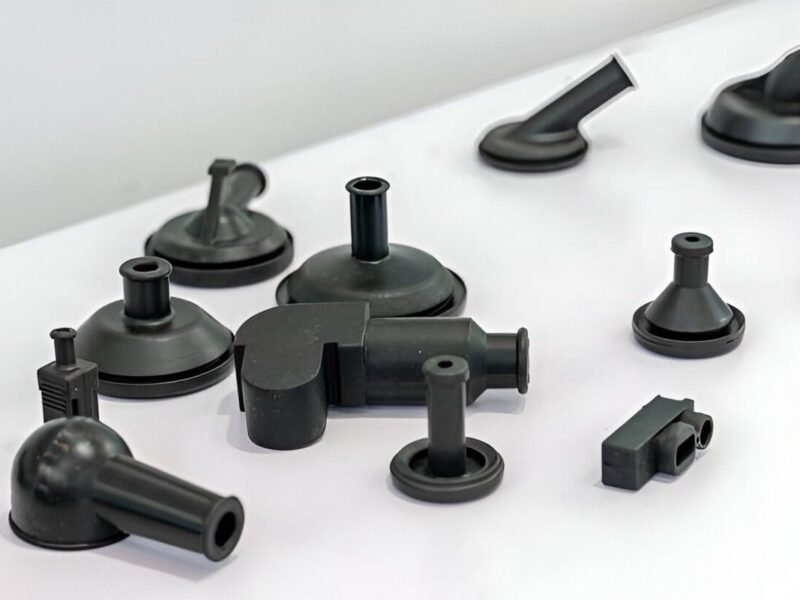Kovar alloy machining is an essential technique in precision manufacturing. It requires two things: a lot of patience and a skilled technician who knows the right way to operate the machinery and tools.
Kovar itself is a metal alloy composed mainly of three metals: cobalt, iron, and nickel. Its characteristic features include its thermal expansion and the tendency to form tight seals with glass.
However, Kovar alloy machining isn’t as easy as this description makes it sound. You take one wrong step, and your work ends up hardened and the machines worn out. Therefore, it is important to have a proper understanding of both the material and the process before you step into the field.
In this guide, we are going to discuss everything you’ll need to know: characteristics, composition, and real-world applications of Kovar alloy machining.
Introduction: Kovar Alloy and Its Key Properties
Kovar alloy machining is a famous precision-manufacturing technique well-known for its tendency to expand thermally. The best part is that it allows you a controlled thermal expansion. Roughly, Kovar is composed of 17% cobalt, 29% nickel, and 53% iron. However, it contains traces of elements such as manganese and silicon at 0.5% and 0.2%, respectively.
It is widely used in industries that require a tight seal between glass and metal. Aerospace, electronics, and medical equipment are three particular examples.
As per its origin, Kovar is made through a mechanism called vacuum melting. It gives you deep control over the components that constitute Kovar. Thus, resulting in its famous property, low thermal expansion.
This property is a similarity between Kovar and glass. This feature has now solved the problem of loose seals forming between glass and metal..
This isn’t all. Kovar has the following properties:
- Corrosion resistance
- Tensile strength of 75000 psi
- Dimensional stability due to low density of 8.36 g/cm³
- Magnetic properties
These qualities have made Kovar a staple for precision components. However, at the same time, the demand for Kovar alloy machining has increased drastically.
Kovar Alloy Machining Processes and Tools
Kovar alloy machining requires the right kind of tools and processes to withstand any potential challenges. Written below is a detailed guide discussing some commonly employed processes:
-
CNC Turning
CNC turning is a widely adopted Kovar alloy machining technique preferred for cylindrical or round, complex geometries. Hermetic seals and bushings are two common examples.
For tools, carbide inserts are favoured because of their ability to withstand high temperatures. To avoid excessive wear and tear on machines, lower surface speeds are employed. Using a water-soluble cutting fluid also helps ensure that all excessive heat is dissipated. Similarly, to minimize friction, a positive rake angle should be applied.
-
Drilling
Drilling holes into Kovar requires a skilled technician because of the alloy’s toughness and ability to harden the material surrounding the cutting edge.
For smaller and shallow holes, high-speed steel drills work best. However, for deeper holes, solid carbide drills are favoured due to their tendency to resist heat. The drilling process for Kovar alloy machining should begin with a small pilot hole. This will help you maintain the required depth and thickness. During and after the drilling process, you must apply a coolant to ensure heat dissipation.
-
Reaming
Normally, reaming is an after-care process followed by drilling. For making a precise shallow internal hole, reaming is employed to reduce the surface roughness. Carbide reamers operated at lower speeds are the preferred tools for reaming. A consistent feed rate then enables a smooth cut. To make this process easier, the tools must be lubricated to ease friction and reduce potential wear and tear.
-
Tapping
Tapping is an essential process of Kovar alloy machining. It allows you to thread holes into the Kovar. However, it is a very sensitive process that requires a lot of care and a skilled technician to ensure the safety of both tools and thread. High-speed steel taps layered with a coating are used to reduce friction and ensure durability. A pre-drilled hole size is used to estimate the actual size and to reduce tap torque.
Like other processes, using lubricants regularly will help avoid daily wear and tear by reducing friction. Similarly, to avoid thread breakage when working with smaller threads, it is best to opt for thread milling instead of conventional tapping processes.
Limitations in Kovar Alloy Machining
Kovar offers a set of unique properties, like thermal expansion, that make it ideal for industrial applications. Kovar alloy machining, however, is a process that comes with a lot of challenges.
-
Tendency for Work Hardening
Similar to other nickel alloys, Kovar has the tendency to work-harden during Kovar alloy machining: when it is being cut or drilled holes into, its surface has the tendency to harden immediately due to the applied heat and pressure. This makes it very difficult to achieve smoother finishes.
-
Wear and Tear of Tools
Due to the work-hardening tendency, the used tools quickly wear out during Kovar alloy machining. Often, the work-hardened areas become impossible to deal with without damaging the tools. This is more common at high speeds and aggressive feeds. If less coolant is used, it also causes rapid wear.
-
Heat Generation
Excessive heat is generated during the entire machining process. Especially when dealing with work-hardened areas. This can cause unnecessary thermal expansion and distort the dimensions of Kovar. Thus, coolants must be used during Kovar alloy machining to maintain the structural integrity of components.
-
Slow Production Rates
To reduce work-hardening and heat generation during Kovar alloy machining, the tools are operated at slower speeds than usual. This increases the production time, but helps ensure a smoother finish of the Kovar parts.
-
High Production Costs
Due to frequent wear and tear, Kovar alloy machining results in greater tool costs. The machining is done at slower speeds, which requires more time. This also increases the production costs. Similarly, if the process is not carefully monitored, it can result in defects that affect the structural integrity of the product. Thus, the material goes to waste.
Factors to Consider in Kovar Alloy Machining
Kovar is a material that differs from other metals. Therefore, here are some considerations that must be kept in mind during Kovar alloy machining to prevent expensive mistakes:
1. Choose The Right Tools
Solid carbide tools are preferred due to the tough and work-hardening nature of Kovar. They prove to be much more durable and heat-resistant than other tools. Their edges must be sharp, and the tools must be employed at perfect rake angles to reduce unnecessary wear. Often, chip breakers are used to improve the overall chip control.
2. Cutting Speed and Feed Rate
To avoid excess heat generation and work hardening, the tools must be operated at low cutting speeds and moderate feed rates. This helps ensure Kovar alloy machining does not affect the dimensional accuracy of parts in question, and results in a smoother finish.
3. Coolants
Water-soluble or oil-based coolants must be used to provide lubrication. By easing friction, they help avoid heat production and reduce tool wear.
4. Dimensionally Stable Designs
When designing Kovar parts, the limitations of Kovar alloy machining must be kept in mind. The surfaces must remain stress-free, and the component must be dimensionally stable to withstand the pressure that comes from tool operation.
Industrial Applications of Kovar Alloy Machining
Kovar is a staple in high-precision manufacturing and across various industries due to its thermal compatibility with glass and ceramics. Kovar alloy machining allows you to create sealed, stable, and very reliable Kovar parts.
The following are some industries where Kovar alloy machining is used frequently:
-
Medical
Kovar is particularly used to build implantable devices. For example, a hermetically sealed pacemaker. Sometimes, it is also used for non-implantable products. In imaging equipment, Kovar alloy machining helps protect sensitive parts from potential radiation and magnetic interference.
-
Electronics
Devices like diodes and transistors often require a tight glass-to-metal seal. Kovar alloy machining is an ideal process for this. It is used in circuit components, for example, terminal pins. Crystal oscillators and microwave/x-ray tubes are similar examples.
-
Aerospace and Military
Kovar alloy machining is used to build sensors that can withstand environmental changes, for avionics and satellites. It also helps make sealed laser and instrumental packages to protect inner components from external changes like heat, radiation, and moisture.
Kovar Alloy Machining at Premium Parts
At Premium Parts, we specialise in precision manufacturing, particularly Kovar alloy machining. Our advanced CNC machines and expert technicians allow us to ensure that your components meet the highest industry standards.
Reach out to us today and let us build you your Kovar components.
Conclusion
If you belong to an industry in high-precision manufacturing, Kovar alloy machining will help you grow your business. For example, where glass-to-metal and vacuum applications are involved.
It allows you to build Kovar parts that are not only mechanically strong but also possess the ability to expand thermally. While it does require a careful eye and much more cautious handling, you can attain the results of your dreams by employing the right tools in the hands of a skilled man.
Now comes our favourite part: if Kovar alloy machining ever becomes too much work for you to do, partner with us, and let us take care of everything.
Premium parts will take over all your Kovar alloy machining responsibilities and provide you with components that will last long, and give you a strong reputation in the market.


